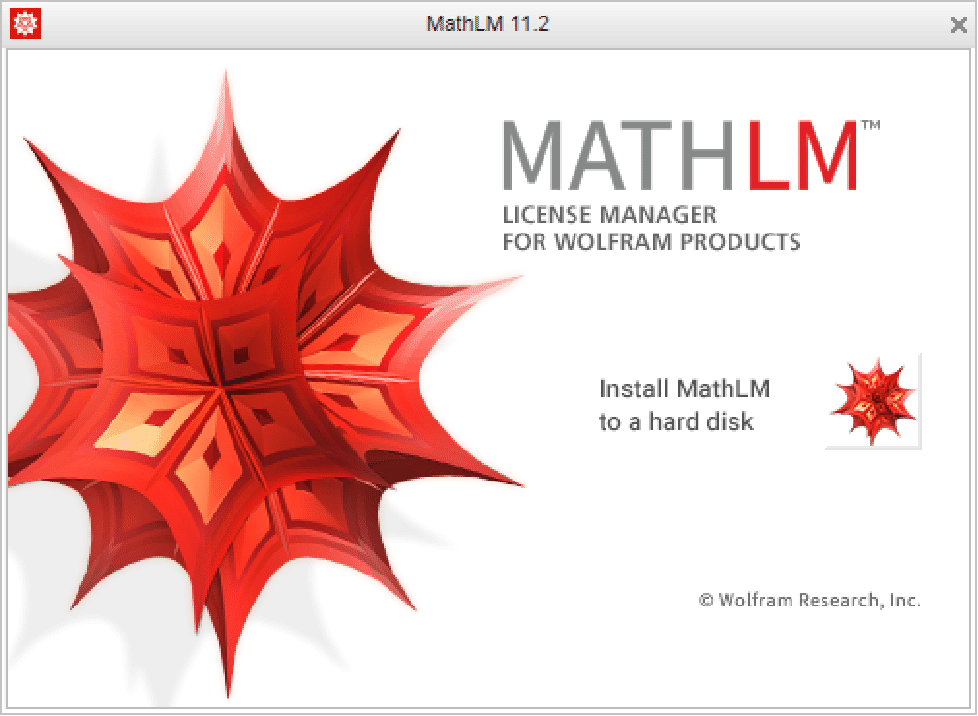

You will need to register your account by launching wolframscript once before activating the Wolfram kernel. When you’re done with the installation procedure, you should be able to launch either one from the Applications folder, and they will run in your Terminal application. It is around 1 Go (much less than the full Mathematica package) and it comes without any GUI, but it includes wolframscript as a separate package.

I somehow forgot about an older post by Stephen Wolfram who introduced the SDK. The Wolfram engine is free for educational or personal purpose. Regarding Wolfram, you will need to install the Wolfram kernel, which also means that you will have to install the Wolfram engine as well as the wolframscript command-line program. Minor caveat: you still need to graph export your plot as there’s no support for embedded plots (like in, e.g., Racket mode), notwithstanding the fact that graph2png is not available in console mode. Also, don’t forget to (setq jupyter-repl-echo-eval-p t) in order to have the results printed in the Jupyter buffer instead of a blank buffer. Upon reflection, and a bit of tests and experiments, I have to admit that emacs-jupyter comes in handy to work with Stata code interactively: Just edit your do-file in a standard Emacs buffer, and C-c C-c to evaluate it right away in Jupyter. In a previous post of mine I discussed some alternatives to ESS to run Stata code. The above screenshot was taken while using an older version of the kernel. While I was very enthusiastic at the beginning, I soon realized that I will stand by Mathematica for the time being. The later is interesting because you can use Emacs jupyter mode to interact with your running kernel without worrying about launching a notebook or a console in a separate terminal.

First, you can use Wolfram cloud, even from your phone if you like, or you can install the Jupyter kernel extension. There are two other options to run Mathematica code these days. I hold a license for Mathematica 9 (pro) and 11 (home edition), and whenever I need to run some Mathematica code, I just launch the Desktop app because I prefer Desktop app anyway.


 0 kommentar(er)
0 kommentar(er)
